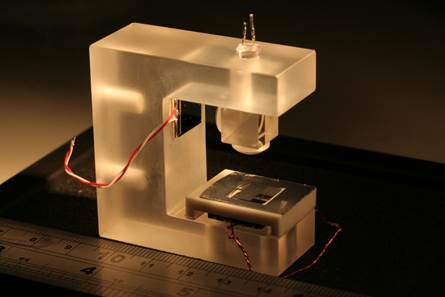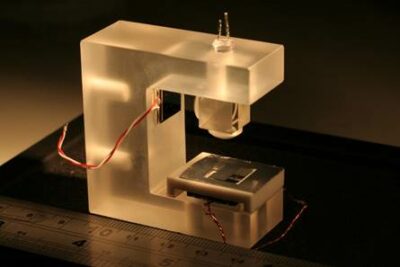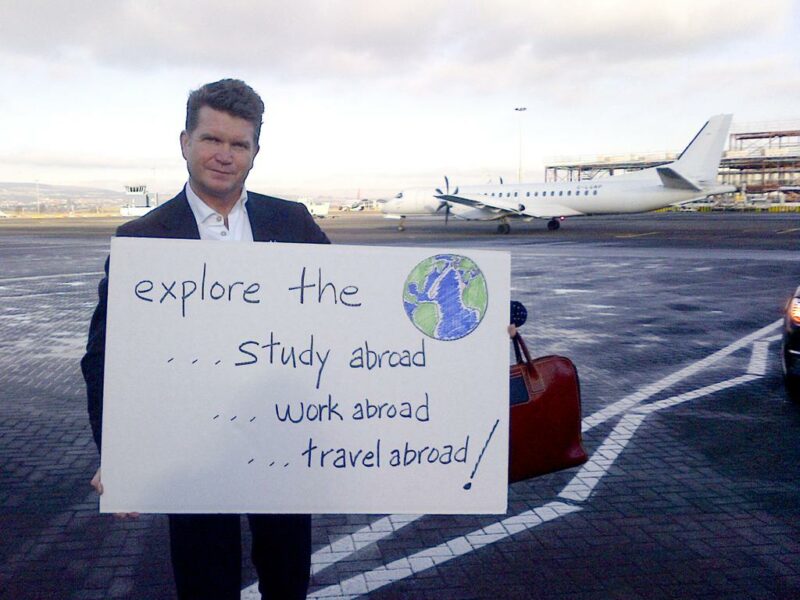
Young Academy of Scotland member Dr Giles Hammond (Institute for Gravitational Research, University of Glasgow) leads a research activity focussed on high sensitivity, long term stable MEMS (MicroElectroMechanicalSystem) devices for applications in gravity imaging. In their paper, “Measurement of the Earth tides with a MEMS gravimeter” published in Nature this week, the authors explain how their research and development led to the device being the first MEMS able to measure the Earth Tides.
The work is the result of a collaboration between the Institute for Gravitational Research, school of Physics and Astronomy and the Electronic and Nanoscale group in the school of Engineering. The collaboration has developed over the last 3 years, initially starting with a Glasgow sensors studentship and Royal Society Paul Instrument funding. The research is now a main theme of the QuantIC quantum technology hub in quantum enhanced imaging, and has gained significant buy-in from industrial partners. The combination of expertise in developing/testing precision opto-mechanical devices (from the Institute for Gravitational Research), combined with one of the best cleanrooms/processing facilities in Europe (James Watt Nanofabrication Centre) has enabled this new and novel technology.
This work is a real transformative step in the field of gravimetry. There are many potential industrial, and humanitarian applications for gravimeters, but their cost and bulkiness have made them impractical in many situations. Showing the long term stability and sensitivity required with a MEMS device opens up the possibility of making gravity measurement a much more realistic proposition for all kinds of industries. This is particularly the case in volcanology, where networks of MEMS gravimeters could be placed around volcanoes to monitor the intrusion of magma that occurs before eruptions, acting as an early-warning system. Other applications are in the field of geophysical prospecting, environmental monitoring and defence & security.
The current team, which now includes YAS member Dr Stefan Hild, is currently working to make the MEMS device even smaller and more portable, and are keen to build on industrial partnerships to exploit the device commercially.
(MEMS device sensor pictured above)
More Information:
Click here to read the article in Nature


